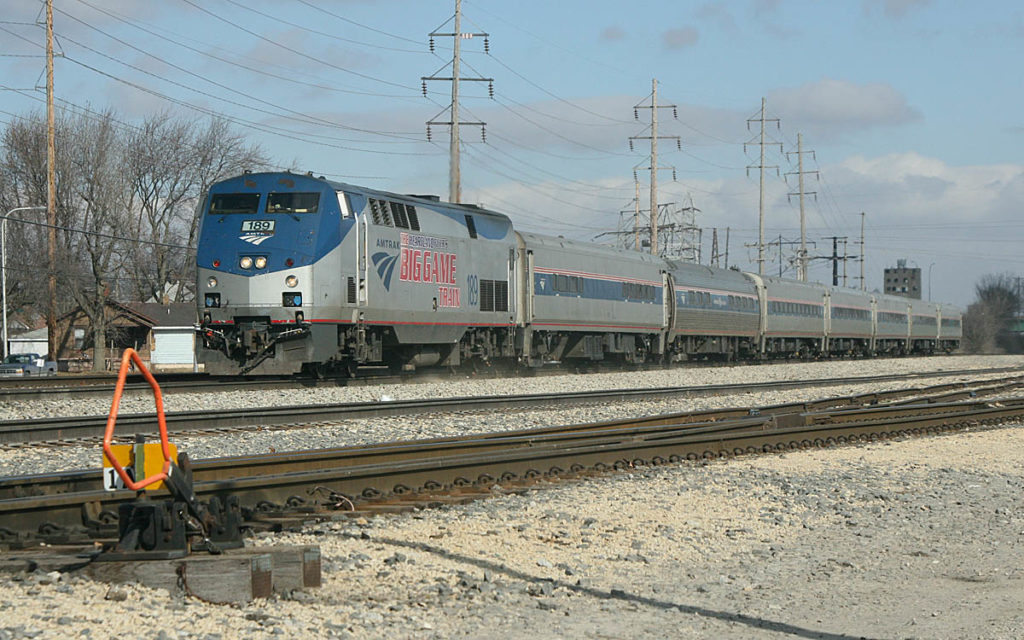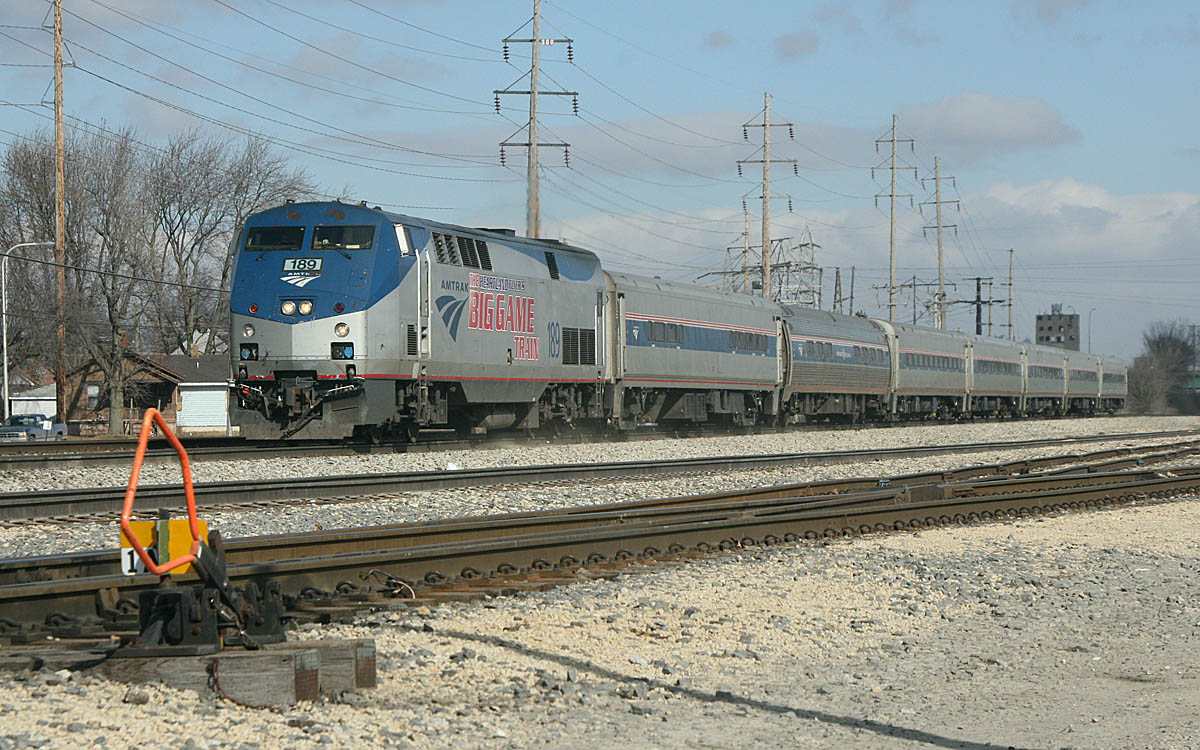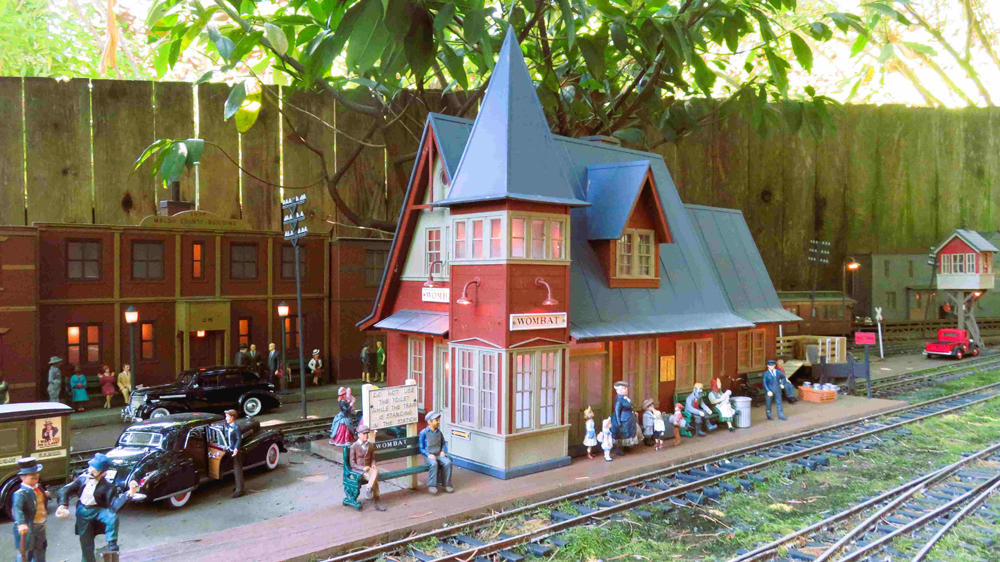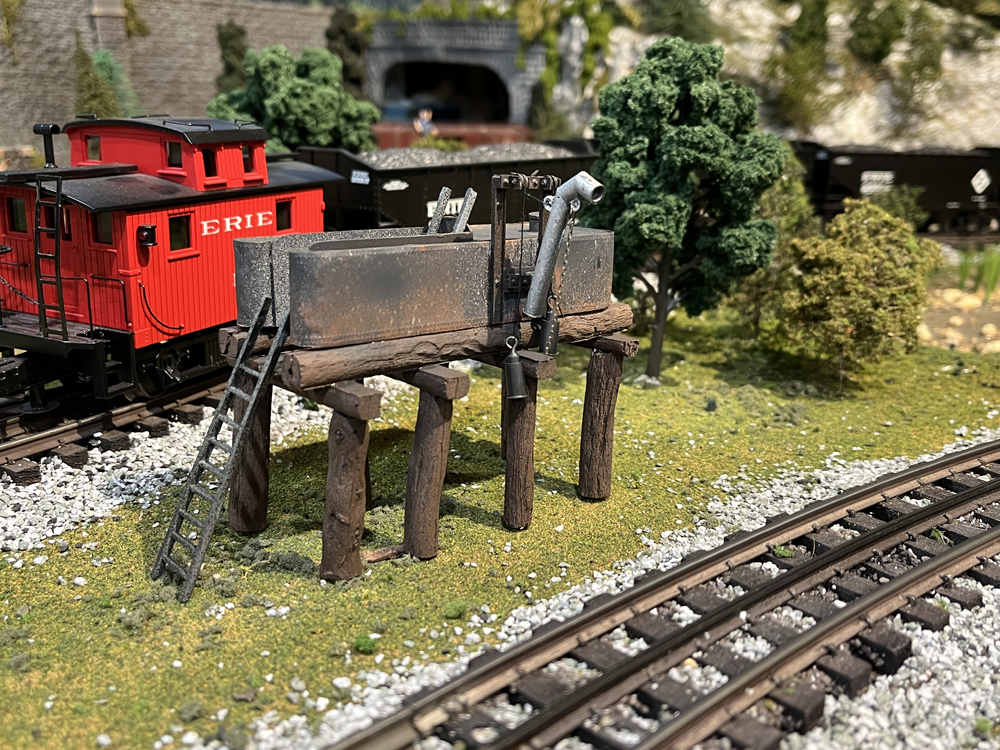The appeals court ruling, written by Chief Judge Lavenski R. Smith, says that the STB “exceeded its authority” in trying to come up with a valid on-time performance measurement, even though the absence of such a yardstick would make it impossible for it to investigate or adjudicate disputes brought by Amtrak against host railroads in the event that punctuality fell below 80 percent for two consecutive quarters.
The judges effectively decided that the STB’s inability to measure on time performance is not the court’s problem.
Amtrak has two proceedings before the STB which have been on hold pending this ruling: a lawsuit charging Canadian National with delays to the Chicago-Carbondale, Ill., Saluki and Illini, and another documenting Capitol Limited tardiness on Norfolk Southern rails west of Pittsburgh.
The STB with 13 supporting “intervenors,” including the National Association of Railroad Passengers and its state affiliates plus the U.S. Conference of Mayors, argued that it had the right to establish metrics “by virtue of its authority to adjudicate complaints brought by Amtrak. Any other result would gut the remedial scheme, a result Congress clearly did not intend.”
But the court accepted the argument of petitioners Union Pacific, CSX Transportation, and CN, with the Association of American Railroads as intervenor, that the “gap-filling rationale does not allow one agency to assume the authority expressly delegated to another.”
It found that the only place in the statute where the 80 percent standard was spelled out was in section 207, which the Supreme Court ruled unconstitutional because Amtrak had a hand in developing it.
Congress’ statutory right of passenger train “priority” over freight trains remains, but the ruling means that Amtrak has no way challenge a host railroad’s systematic denial of that right. The strongest tardiness deterrent falls to the proprietary and confidential incentive contracts Amtrak has with freight carriers for on-time handling, but other than not paying the incentives for non-performance under whatever those terms are, the passenger operator will have no enforceable yardstick unless Congress authorizes the FRA to develop a new standard without input from Amtrak.
Based on Trains News Wire’s daily monitoring of Amtrak long distance train arrivals and departures at Chicago, on-time performance has deteriorated dramatically on some routes over the last six months. Through July 12, the BNSF Railway-hosted’s Southwest Chief has arrived into Chicago more than two hours late on 20 of the past 22 days and into Los Angeles more than three hours late (missing connections with the Coast Starlight) on 17 occasions during the same period. Blaming trackwork between Lamy, N.M., and Albuquerque, Amtrak recently issued a passenger advisory regarding connections, but hours-long delays during the past month have occurred on west of Winslow, Ariz.











Southwest Chief delays west of Winslow really haven’t been BNSF fault for many of those very late trains. One at least three occasions this past two weeks, an Amtrak has died enroute or in one case left Chicago with an engine that couldn’t go above Run 4. This required BNSF to provide a loaner locomotive which, due to a number of limitations, can’t go above 70 MPH. With most of the route west of Winslow being 90 MPH territory for Amtrak, a 70 MPH limited Chief is guaranteed to lose 2-3 hours easily even if BNSF gave it nothing but green signals. The latest westbound Chief was an amazing 17 hours late into Los Angeles. About half of this tardiness was setting at Raton for 9 hours while BNSF got them a substitute freight locomotive.
I thought Winslow is in Arizona. Is their a Winslow, New Mexico?
It used to be that “on time” meant that the train arrived at the time it was scheduled to arrive.and was advertised to arrive.
I can understand the freight roads’ desire not to delay their trains to accommodate the running of the trains of a road that has trackage rights–and this was the policy in years past.
I can tell you for certain that, during 2014 when Chicago was a complete mess for NS, NS’s performance with their own trains was worse than that of the Capitol Ltd. and LSL. Amtrak received the highest priority dispatching on the Chicago Line.
The problem isn’t lack of trying by the freight carriers. It’s lack of resources.
Seems to me that this case undercuts the bulk of the CSX opposition to restoring the gulf coast service. As I read their letter yesterday the inability to guarantee time keeping due to drawbridges was the bulk of their argument.
1. Given that regulatory relief is elusive, I would hope that Wick Moorman could use his influence with freight railroads, where he is highly respected, to negotiate better cooperation for on-time performance. I hope he can accomplish something on this issue before he leaves office in December.
2. In setting on-time performance metrics it doesn’t make sense to me that a train that arrives 1/2 hour late 20% of the time receives the same rating as one that arrives 3 or 5 or more hours late 20% of the time. Yes, it’s nice to arrive on time, but if you have 2 hours to make a connection, half an hour late is inconsequential. Three hours late means you miss your connecting train.
There exists plenty of evidence, anecdotal and otherwise, to support the need to hold rr’s to the original contract that formed amtrack and got them off the passenger hook, i.e., access and performance. One can remember watching/hearing the bnsf dispatcher holding the eastbound builder on joint track at pig’s eye for a half hour for a crawling bnsf eastbound freight. The builder would have zipped ahead. And one wonders why that did not happen.
I have a proposal for state supported services, let the states craft on-time arrival performance standards.